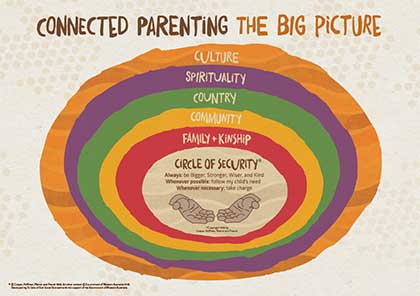.jpg) As part of your military application process you will be required to take the Armed Services Vocational Aptitude Battery or ASVAB. While this exam covers many different topics, many students seem to struggle with math concepts the most given that you are not allowed to use a calculator. And so questions that would appear quite easy are suddenly very difficult to solve.
As part of your military application process you will be required to take the Armed Services Vocational Aptitude Battery or ASVAB. While this exam covers many different topics, many students seem to struggle with math concepts the most given that you are not allowed to use a calculator. And so questions that would appear quite easy are suddenly very difficult to solve.
Once such topic is calculating percentages. In this article I will show you a shortcut to save you time and help you figure out the correct answer for a standard percent type question.
Picture this ASVAB style question:
1/8 is equal to approximately what percent value?
a) 8%
b) 10%
c) 22%
d) 13%
At first glance the question seems impossible. Let’s discuss the long and short way to solve this question.
The Long Way
The long way requires setting up an equation where (1/8) = (x/100) so that x is the value we are trying to solve for. You can write out this formula, the cross multiply to solve for x. This requires multiplying both sides by 100 to isolate ‘x’ leaving you with a new equation: x = 100 / 8. Then comes the long and tedious part. You have to draw out the long division to calculate 8 into 100 which may take you a good 30 seconds to a full minute. But you should wind up with the correct answer of 12.5 which is close enough to 13 and thus choice ‘d’
The Simpler And Faster Way
The quicker way to solve ASVAB style math questions is to find the approximate value through rounding and simplification. This will allow you to rule out the incorrect answer choices so that you can guess the correct answer by the process of elimination.
Since the number 8 is relatively close to 10, we can simplify this equation to read 1/10 which is 10%
This is found by multiplying both the top and bottom by 10, all in your head.
Therefor 1/10 is the same as 10/100 which is 10%
HOWEVER we rounded to get 10% which means that the answer choice giving you 10% is incorrect. Rule that out. And since we had to make the number BIGGER to get 10% any number smaller than this value will also be incorrect
If our answer has to be greater than 10% then both choice (a) 8% and choice (b) 10% can be ruled out
We are now left with just 2 choices, and still haven’t put pen to paper for calculations.
Since a small rounding gave us 10% our answer is expected to be close enough. 13% is a close value, 22% is a much larger value, but let’s justify this further
22% can be written as 22/100. This number is very close to 20/100.
Since both 20 and 100 end in at least one zero, these cancel leaving you with 2/10 which further simplifies to 1/5. Keep in mind that we rounded the number down, meaning the actual answer is really somewhere between 1/4 and 1/5
Now let’s apply a final bit of quick logic, ALL STILL IN YOUR HEAD
1/5 is close to 1/8 but THREE whole numbers away.
1/10 is a bit closer to 1/8 and comes from our previous rounding efforts. Therefor we expect the number 1/8 to be closer to 1/10 meaning closer to 10% and so we rule out choice (c) at 22% and instead settle with (d) 13% as the correct answer
Now it may appear that this line of thinking involved a great deal of steps to come to a conclusion, but that’s only because the steps had to be explained. If you keep practicing this way you will realize that this is a much faster way to solve percentage problems




